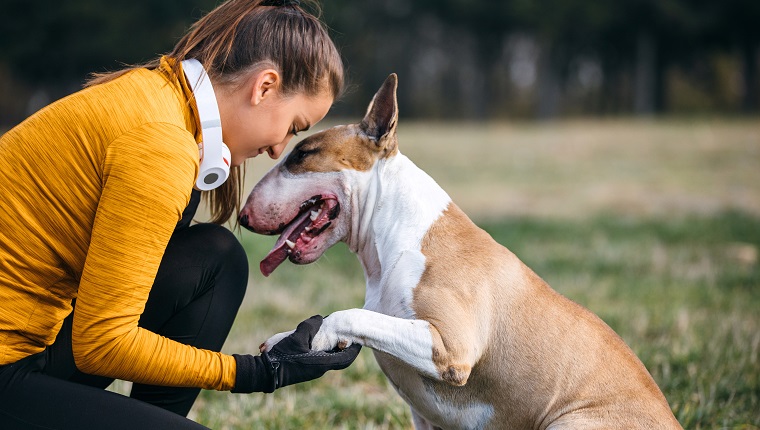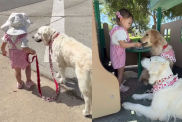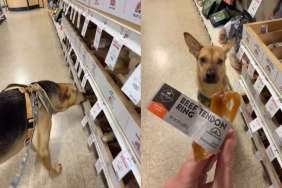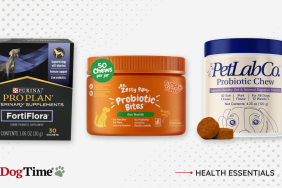Is there such a thing as a perfect meal and exercise routine that will give your dog the maximum amount of health benefits?
Just like us, every dog has different needs that suit them best. Planning out each day’s meal and exercise routine is more essential to a happy and healthy pooch than you might think.
Making sure your dog eats right and gets enough activity will also contribute to a more stress-free lifestyle. That can work wonders for your dog’s physical and mental well-being, and you and your best furry friend will feel great about it.
Like a lot of situations, bringing your dog to the vet for a wellness check-up before committing to a new meal and exercise plan is absolutely necessary. Here are a few things you should know about an ideal eating and activity schedule that can boost your dog’s wellness to the maximum!
Diverse Needs For Different Ages and Breeds

Dogs of different ages and breeds should not be treated the same, so figuring out which schedule suits them best is essential.
Each dog is unique, and even dogs of the same age and breed may not have the same needs when it comes to nutrition and exercise. Health is an important factor, too, as overweight dogs or dogs with specific medical conditions may need different foods and portions, and they may need to adhere to a different exercise routine.
Always consult your veterinarian, as they know your individual dog and can make informed recommendations.
Your Dog’s Breed Needs
Each dog breed has a different energy level that affects their needs. For instance, a Labrador typically requires more physical activity than an English Bulldog.
Dogs with high energy tend to need a meal plan to match and provide enough calories to keep up with their activity. Less active dogs generally need fewer calories.
Breed also affects the amount of exercise dogs need, as well as what activities work best. Weimaraners, German Shorthaired Pointers, and Vizslas, for example, have a lot of energy and long legs, and they were bred to stay active for long periods of time. They’re best suited for longer runs and jogs.
Greyhounds, Pit Bulls, and English Setters, on the other hand, are built for short bursts of speed and might enjoy sprints or a game of fetch.
Brachycephalic dogs—dogs with short snouts and flat faces—have a little more trouble breathing when they exercise vigorously. Pugs, Bulldogs, and French Bulldogs, for instance, benefit more from a walk at a slower pace.
Meals & Exercise For Puppies

Puppies are still getting used to the world around them–and to you. Seeing as they’re still developing in this stage, it’s easy to overdo their food and exercise amounts, so be extra sensitive to their needs.
This is a time in life when their food and activity needs can change quickly, so keep up with your veterinarian’s advice or consult your professional canine nutritionist for your individual puppy.
Here are some guidelines that will help you formulate your puppy’s ideal schedule.
Puppy Meal Plan: The number of meals per day depends on their stage in puppy-hood.
- 2 to 3 months old: 4 meals per day
- 3 to 6 months old: 3 meals per day
- 6 months to 1 year old: 2 meals per day
Puppy Exercise Plan: The amount of exercise that puppies need each day also depends on their stage of development.
- 2 to 3 months old: 10 – 30 minutes of exercise a day
- 3 to 6 months old: 30 minutes to 1 hour of exercise a day
- 6 months to 1 year old: 1 hour or more (depending on breed and health)
Meals & Exercise For Adult Dogs
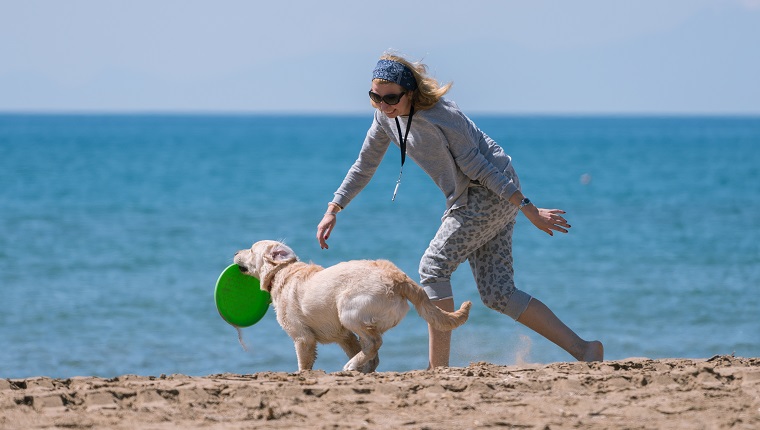
For dogs, adulthood is a time where physical development slows a bit, and food and exercise needs become a little more consistent. Adulthood is defined as the time when dogs reach 90 percent of their expected adult body weight.
Adult Dog Meal Plan: Most adult dogs eat 2 meals per day. This can be supplemented with treats during training sessions or snacks as needed, but you must consult your vet and stick to their recommended nutritional intake. Account for treats and don’t go overboard.
Adult Dog Exercise Plan: Your dog’s exercise needs can vary a lot depending on many factors. Generally, adult dogs need 30 minutes to 2 hours of regular exercise per day. Dog breeds in the hunting, working, or herding groups have higher energy levels and need at least 30 minutes of vigorous exercise—running, swimming, fetch, etc.—in addition to 2 hours of regular physical activity per day.
Meals & Exercise For Senior Dogs
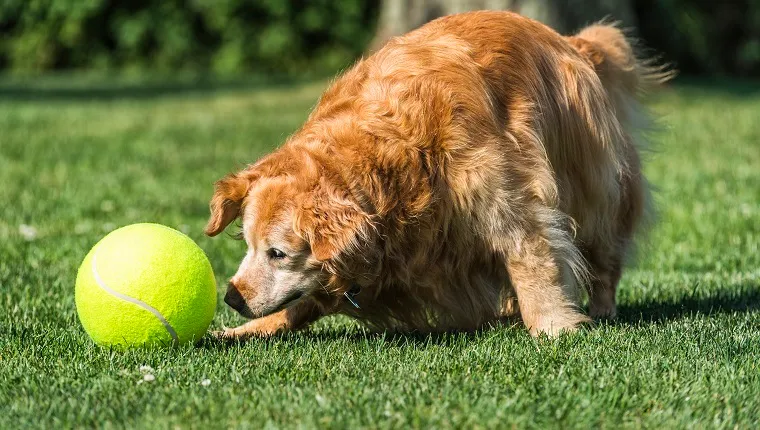
Senior dogs tend to slow down a bit, so of course their meals and exercise need to change with them. They will likely need fewer calories and different foods as their energy level tapers off. While seniors should still get some exercise, they may not be able to handle what they used to at a younger age.
Some older dogs need softer foods if they have dental health problems. They may also require supplements for their joints and bone health. Work with your vet on addressing your older dog’s changing needs, as they can help you formulate a good plan.
Senior Dog Meal Plan: Senior dogs should still get 2 meals per day. This can be supplemented with treats, but older dogs are at higher risk for weight gain. Treats should be low in fat and sodium. Seniors need to drink more water, too, so it’s especially important to keep their water bowl full at all times.
Senior Dog Exercise Plan: Most senior dogs need 30 minutes of exercise each day, depending on their overall health and abilities. Exercise should be low-impact on joints. Swimming and slower walks are good options.
Words Of Caution

Exercising too soon before or after eating can be dangerous for some dogs. A few breeds have a higher risk for bloat–a life-threatening condition where the stomach twists and fills with gas. Generally, larger dog breeds are at higher risk, though there are exceptions.
So, what’s the proper order food and exercise should be in to reduce the risks? How can you keep your dog from danger? There are several steps you can take to prevent bloat:
- Exercise an hour before or after eating, and no sooner.
- Don’t use an elevated dog food bowl unless your vet recommends it.
- Serve smaller meals to your dog throughout the day.
- Keep fresh water available for your dog.
- Use a vet-recommended gas relief medication to help with burping and excess gas.
- Don’t let your dog eat too quickly. Use a slow bowl—a bowl designed to slow down fast eaters–or feed your dog a few pieces of their meal at a time.
Your Dog’s Best Morning Routine
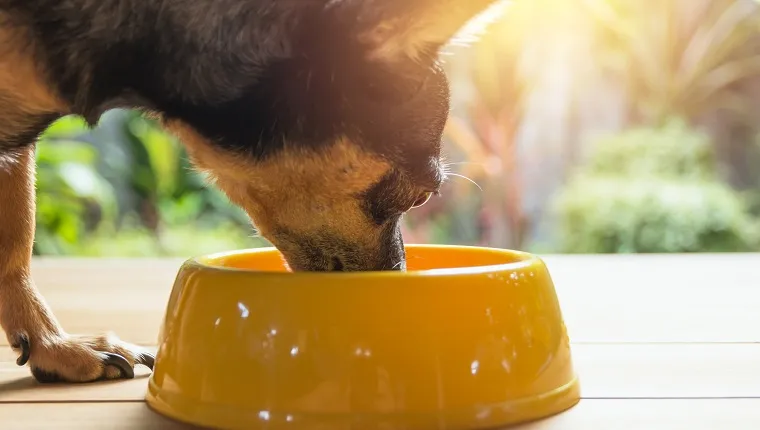
Exercising should come before your dog’s first meal, or you can exercise an hour after their breakfast. It may seem like a chore to spend that extra time and energy on your dog in the morning, but it’s worth every second because it will enrich your dog’s life, and you’ll feel a closer bond with them.
If it’s a nice day, take your dog for a walk. If it’s too cold or there’s bad weather, stay in and have a light, active play session with them.
Your Dog’s Best Mid-Day To Afternoon Routine
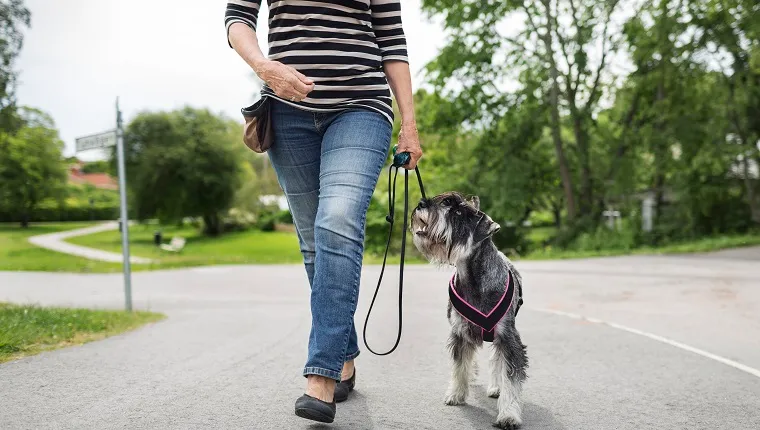
This can be a difficult time of day to give your dog the amount of attention they deserve if you have a day job outside of your home. Yet, this is the time of day where you should let them get some good, vigorous exercise in to let some of that pent-up stress or boredom out.
Making sure your dog gets enough activity during this time of day will go a long way in relieving anxiety and reducing destructive, unwanted behaviors in the home.
If you’e able to leave work for lunch, this would be a great opportunity for the both of you to go on a long walk or have an energetic play session. If you’re unable to leave work, hiring a dog walker or pet sitter is another great option.
This might also be a good time of day to give your hound a small-portioned snack or treat. You can even turn it into a beneficial training session to give them some mental stimulation, too.
Your Dog’s Best Evening To Night Routine

It’s always nice coming home to your dog who’s ready for a walk as much as you are when you’re done with work. Evenings are a nice time of day to take advantage of some outdoor activity, as the temperature will have dropped, and it’ll be easier for your dog to keep cool. Once you’re both back home, wait an hour before feeding your dog, and be sure to provide a full meal for them.
When night time sets in, get some light or short activity before bed, like tug-of-war or a fun game of hide and seek. It’s also a good time to give them one last light snack or treat before bed. This is most helpful for dogs who have digestive upset when they have an empty stomach during the night.
Avoid Stress And Guesswork At Meal Time
A scheduled-out day has lasting benefits that you will see in your dog. Unfortunately, it can be challenging to stick to a schedule, especially when you have to both exercise your dog and prepare their food, all while trying to keep up with your own daily routine.
One thing that can at least remove some of the hassle and save time is to get prepared meals for your dog.
NomNomNow meals, for example, are pre-portioned and made-to-order, customized just for your dogs’ needs. It’s the perfect blend of nutritional dog food to promote maximum wellness, and it fits active lifestyles.
We all want meals instantly, but there’s no simple button to press for that. Luckily there’s a stress-free option that understands that you have both a busy life and an active pooch at home.
Order NomNomNow pre-portioned, customized meals for your dog here!
What do you do to prepare meals for your dog throughout the day? Is your dog on a healthy exercise routine? Let us know in the comments below!
